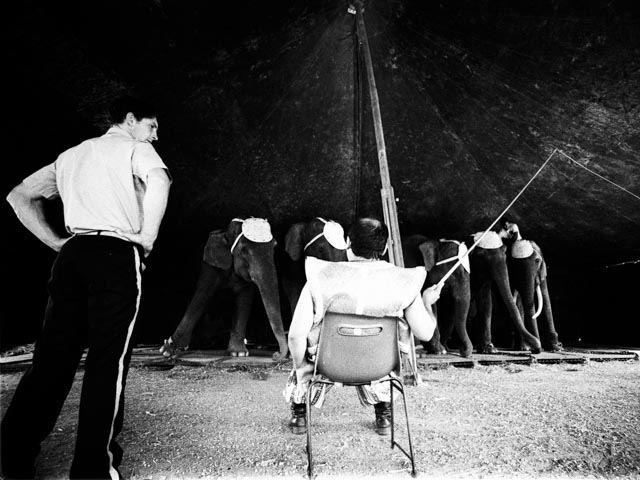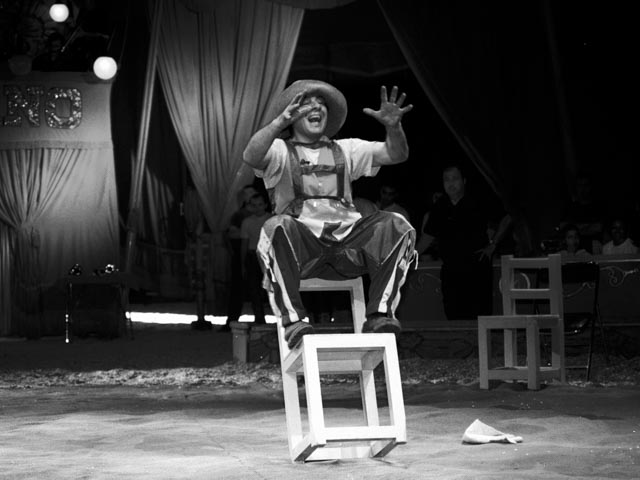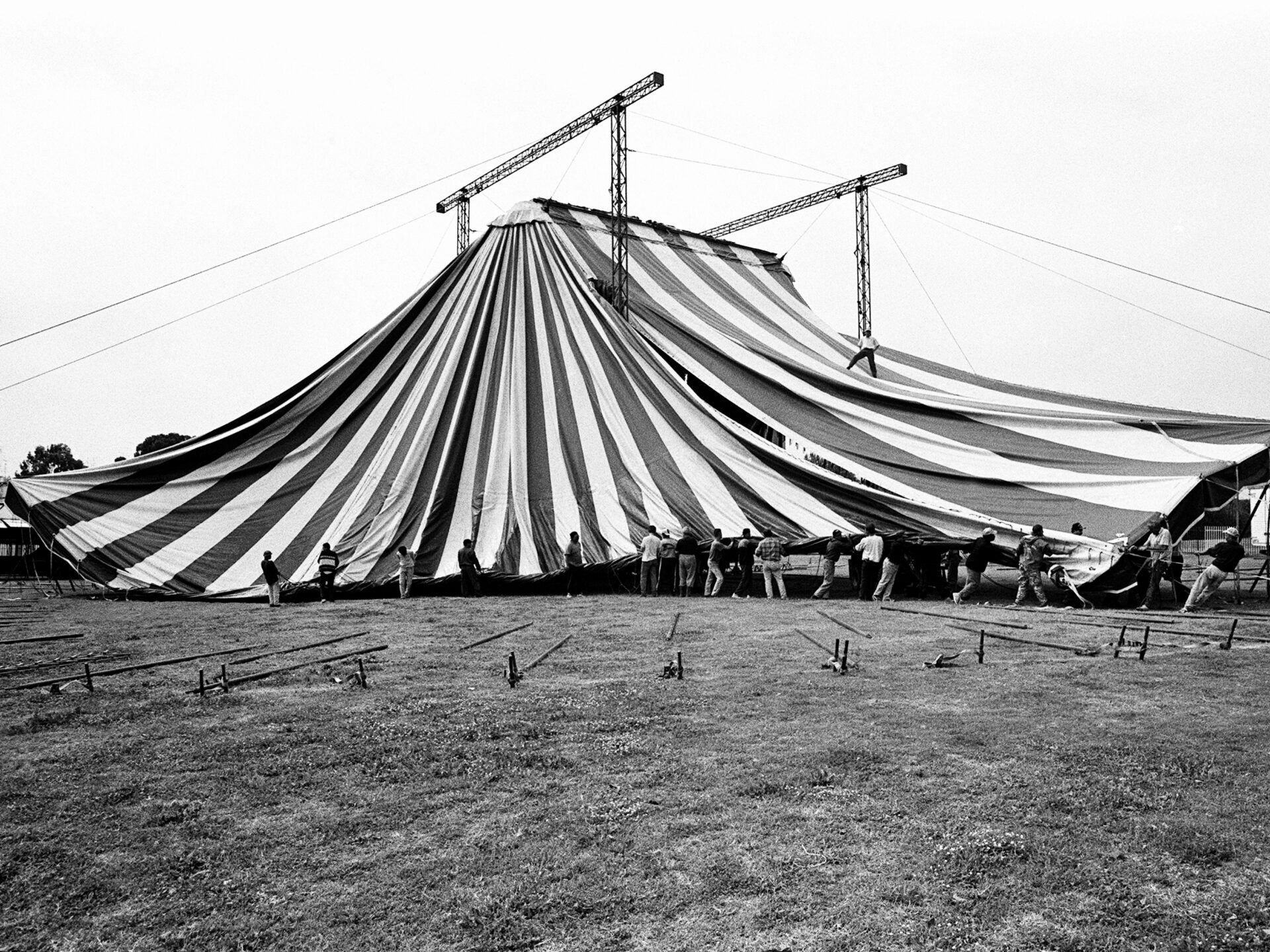It’s said a picture is worth thousand words and while all images tell stories, some do it far better than others. Photos that tell a story are the one that engage the viewer emotions and not just another “pretty picture”. A well constructed images always stand out from the rest.
Over the years of capturing photographs, I was always drawn to be able to capture a series of powerful images that together produced the visual emotions and the context for the narrative of the subject that I have documented at that time.
As a young photographer I was inspired by the photography work of great photo essay photographers such as W. Eugene Smith (Master of the Photographic Essay), Robert Frank (The Americans), Walker Evans (American Photographs), Sebastian Salgado (Exodus) and Henri Cartier-Bresson (The Decisive Moment).
Today’s photojournalists must capture a story unfolding in front of them quickly and skilfully to try and capture the whole story with one powerful image.
So how can you capture a story in just one image, and how you can tell it with just a few images?
To produce such an image requires you to create a composition that first draws the viewers attention the story and than allow them to be influenced by the picture narrative.
This starts with the need to keep the composition as simple and as visually uncluttered as possible.
It is important to include in the photo only the elements needed for the narrative and to eliminate everything else.
In single photo stories, such as when photojournalist covering news event, it may require capturing numerous images all taken around that event to get to the point when you produce that one images that sums up the whole event story.
This can mean spending a whole day or more shooting many photos until you satisfied by an image that contain the essence of the story and the emotions surrounding it.
If you are interested in story telling by photos over days, months or years than the photo essay is the way for you and it require vision and planning on your behalf.
Tips for creating a successful photo essay:
> Have a mission statement
Be clear as to the story you want to tell. Research, study your subject and make a list of photos you need to capture to tell your visual story. It helps to know about the culture, local events and the human behaviour of the people you will intend to photograph in your story.
> Plan and have a framework
Find the best time to go and document your project and than create a timeline to produce it.
> Collaborate
Contact a fixer (local guide) who can drive you around, gain access to sites and introduce you to indigenous people who may lack the ability to communicate and speak your native language.
> Be prepared
Never assume that everything will happen the way you expected. Try to see in advance various issues that may arise at any given time and have the contingency and preparation regarding equipment, access to locations, weather and people you expect to meet.
> Visual your story
Create a storyboard and shoot your variety of photos as if you are shooting a film. Have an opening shot, establishing shot (The place the story happening), wide shot for context, medium shot for the main players or location and close ups for details to support your narrative.
> Edit
Finally edit your images and only use the best images and include only the key photos necessary for your story
Choose your best one image for a newspaper front page story.
Choose your best 10-20 images for a magazine article
Choose your best 30-40 images for a solo photo exhibition
Choose your best 50 -100 images for your photography book
You are almost ready to start your photo essay, now all you have to do is to find an interesting photographic subject and bring the viewers along your visual journey.
Series of photos from the photo essay Medrano Circus Israel 1995






























